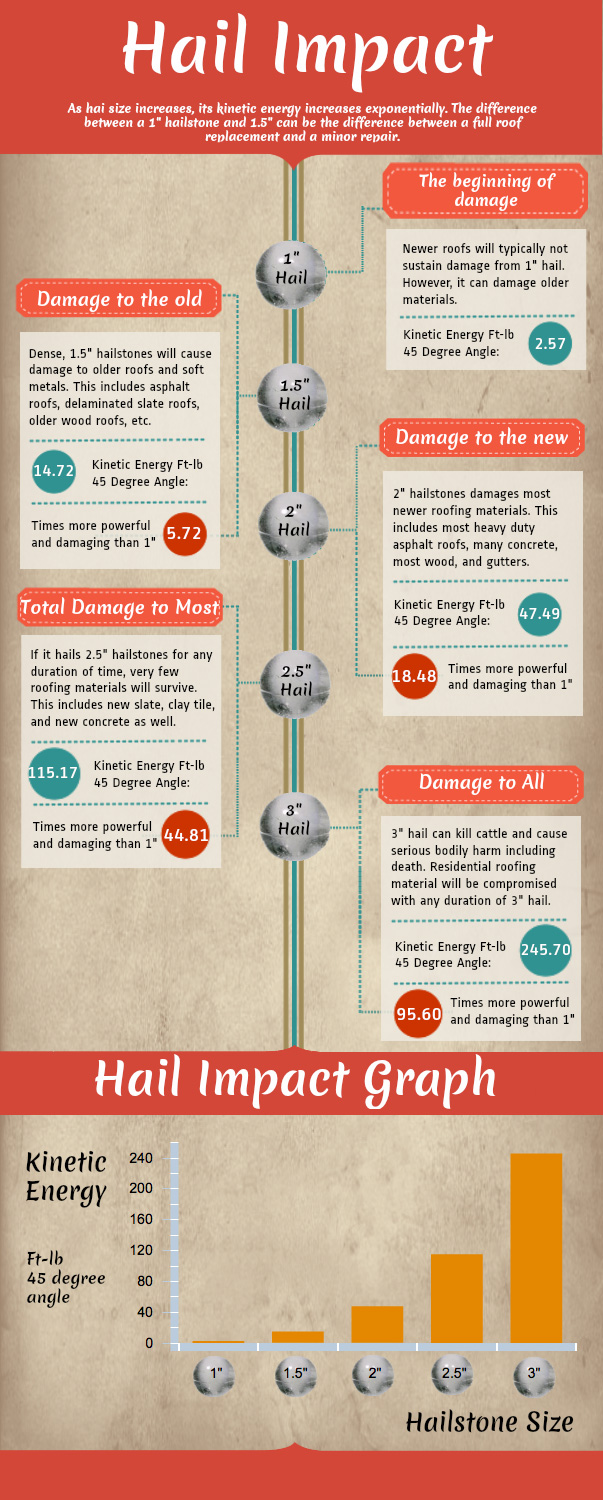Spotting Roofing System Damages Early To Stop Serious Issues
Spotting Roofing System Damages Early To Stop Serious Issues
Blog Article
Material Create By-Drew Kent
To protect your home from possible costly repair work, identifying roofing system damages early is essential. By keeping an eye out for refined signs like missing shingles or water discolorations, you can catch problems before they worsen. Yet what concerning those commonly forgotten areas that could hint at concealed problems hiding over you? Remain tuned to uncover essential ideas for finding roofing system damage prior to it rises into a significant headache.
Early Indication
Identifying roof damage early can conserve you money and time. One key early indication to watch out for is missing out on or harmed roof shingles. If you discover any tiles that are split, crinkling, or totally missing, it's vital to resolve the issue immediately. These damaged roof shingles can leave your roof vulnerable to leakages and more damages.
Another indicator to search for is water spots on your ceiling or walls. These spots can suggest a leakage in your roofing system that needs immediate interest. Disregarding hop over to here can cause extra substantial and expensive repairs down the line.
In addition, be on the lookout for any indications of sagging or sagging locations on your roof covering, as this can show structural damage that needs to be taken care of without delay.
Outside Evaluation Tips
Regularly evaluating the outside of your roof covering is essential for preserving its stability and determining prospective damages early. Beginning by analyzing the roof shingles-- seek any kind of missing, cracked, or curling shingles, as these can be indications of roof damage.
Examine the rain gutters for granules from the roof shingles, as too much granule loss might represent aging or weathering. Pay attention to the blinking around vents, smokeshafts, and skylights, guaranteeing they're tightly sealed and without cracks.
Try to find signs of moss, algae, or mold and mildew growth, as these can cause roof covering damage if not dealt with without delay. Furthermore, check the fascia and soffits for any kind of water stains or rot, which could indicate water damages.
Lastly, analyze the overall condition of your roofing from the ground, searching for any kind of drooping locations or recognizable dips. By conducting these outside evaluations frequently, you can capture roofing damages early and stop it from turning into a major trouble.
Interior Red Flags
When inspecting your roof covering for prospective damage, do not forget the relevance of checking the interior of your home. Interior warnings can usually be early indications of roof problems that require focus.
Beginning by examining your ceilings for any type of water spots or staining, as these might signal a leak in the roofing system. One more essential area to inspect is the attic room, where signs of water damages, mold and mildew, or mold might suggest a roofing system issue.
Pay attention to any kind of stuffy odors or a noticeable rise in humidity degrees, as these can also be indicators of water breach from a harmed roof covering. Additionally, drooping locations in the ceiling or walls need to be taken seriously, as they could be a result of water damages compromising the structure.
If you see any of these indoor warnings, it's crucial to have an expert contractor examine the circumstance immediately to prevent additional damage and expensive repairs.
Verdict
By staying cautious and consistently checking for very early indication of roof covering damage, you can stop minor issues from becoming significant troubles. Watch out for missing out on or damaged install subfloors san antonio , water stains on ceilings or walls, and any type of drooping or drooping locations on the roofing. By dealing with these concerns immediately, you can save on your own from pricey repair services and guarantee your roof covering continues to be in good condition for many years ahead. Remain proactive and safeguard your home from prospective damage.
